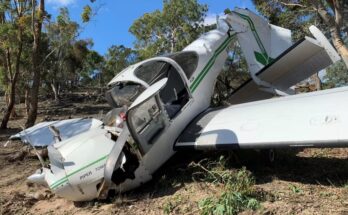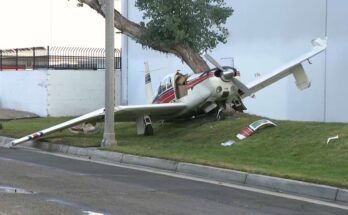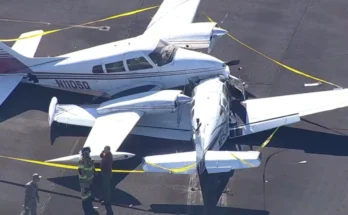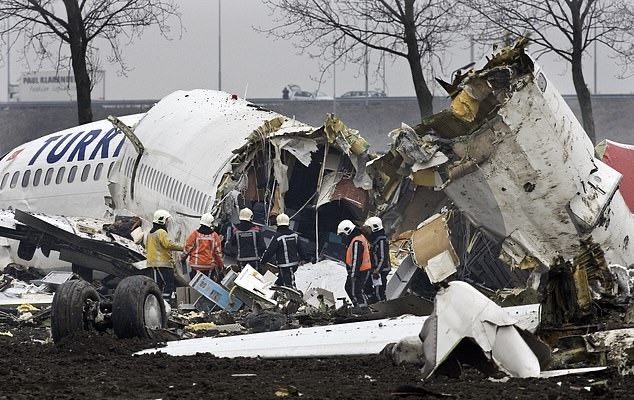
An American aviation safety expert says that flaws in the design of a Boeing plane that crashed near Amsterdam 11 years ago ‘should have woken everyone up’ to issues that would later affect its Max designs.
Boeing and the United States government pressured Dutch investigators to focus blame on the pilots for a 2009 Turkish Airlines crash instead of design flaws in the airplane and safety lapses by the company
The crash which killed nine people when it plummeted into a field near Amsterdam in February 2009 involved a Boeing 737-800, an aircraft that was considered the precursor to the 737-Max.
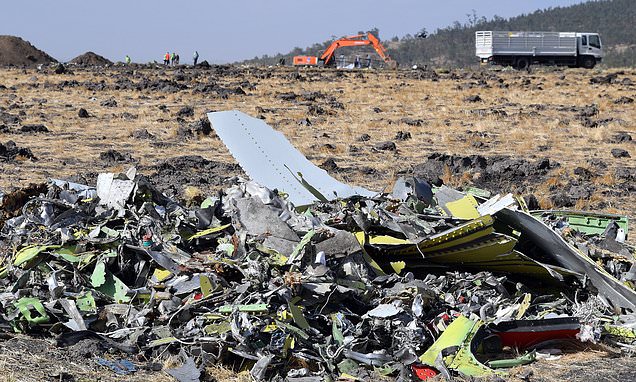
The 737-Max has been grounded since March after two fatal crashes within a six-month period – one in Indonesiaand the other in Ethiopia – killed 346 people.
Boeing has stopped production of the planes and agreed to allow pilots to undergo simulator training before the jets return to service.
The extra training means it will be months before the Max can be returned to service.
So far, the company has paid $5.6billion in compensation to several airlines that were forced to ground all 737 Max jets in their fleets.
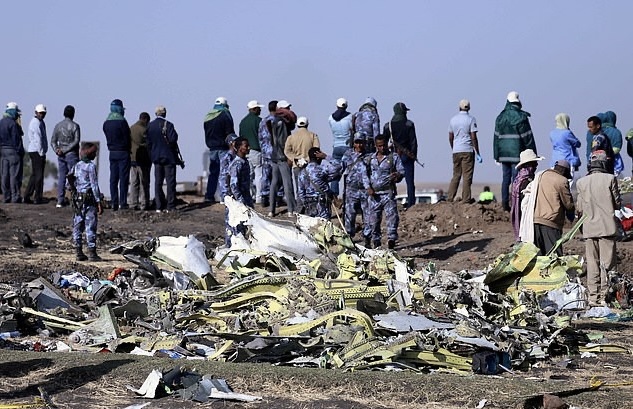
Since the crashes, federal regulators have been examining what – if anything – the company knew about the safety risks with the aircraft before the two crashes.
The Times is now reporting that the Turkish Airlines crash from 11 years ago has striking parallels to the most recent tragedies involving the Max.
Just like in the recent Max crashes, the 2009 accident was caused by the failure of a sensor which in turn led to several systems misfiring, according to the Times.
In all three cases, Boeing failed to provide pilots of those planes with information that could have helped them react to the malfunction, the Times is reporting.
Sidney Dekker, a Dutch aviation expert who was asked by the Dutch Safety Board to investigate the 2009 crash, said the accident ‘represents such a sentinel event that was never taken seriously.’
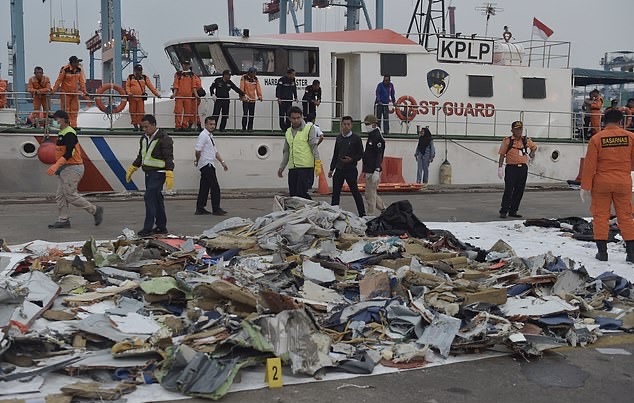
his final analysis of the crash, Dekker accuses Boeing of trying to deflect attention away from its own ‘design shortcomings’ and other failures.
Dekker said the American firm was making ‘hardly credible’ statements blaming the pilots for the crash, according to a copy of the study that was reviewed by the Times.
But the results of the study by Dekker was kept hidden from the public because the Dutch board backed off of plans to publish it, the Times is reporting.
The report by the Dutch board was also edited to include statements by American officials who made sure to note that pilot error was involved in the crash, according to the Times.
In some cases, findings by the Dutch team were deleted from the final report after taking the American investigators’ comments into consideration, according to the Times.
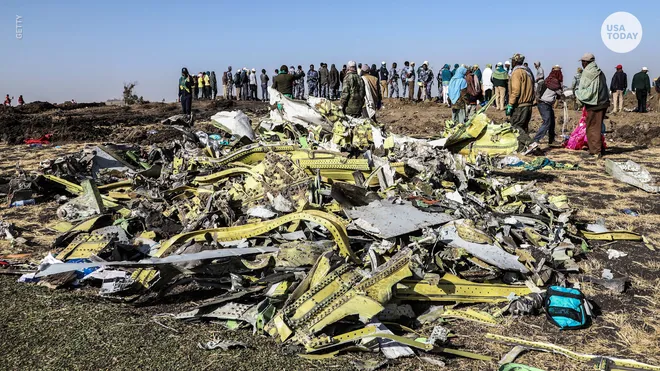
Boeing’s conduct as it relates to the 2009 tragedy bears similarities to the company’s approach to its current predicament involving the Max, according to aviation safety experts.
David Woods, a professor at Ohio State University who once was an adviser to the Federal Aviation Administration, told the Times that the Turkish Airlines crash ‘should have woken everybody up.’
The 737-800 – the model aircraft that crashed in the Netherlands – is a variant of the so-called 737 Next Generation – or NG – planes.
Both the Max and the NG were designed in a way that allowed a powerful computer command to be triggered by one faulty sensor – this despite the fact that both planes had two sensors.
